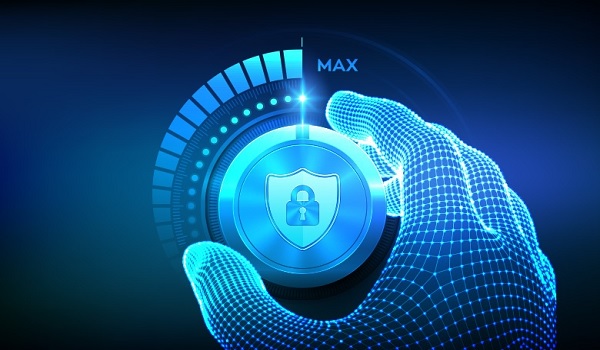- What is Zero Trust?
- Why Zero Trust Matters
- Core Principles of Zero Trust
- Implementing Zero Trust
- Challenges and Solutions
- Benefits of Adopting Zero Trust
- Industry Applications
- The Future of Zero Trust
What is Zero Trust?
In cybersecurity, Zero Trust is a model built on the notion that threats could already exist inside and outside the network. This shift from the traditional ‘trust but verify’ to ‘never trust, always verify’ has revolutionized how organizations approach security. Adopting this model requires a change in mindset where no user or device is considered trustworthy by default, emphasizing persistent validation.
Why Zero Trust Matters
With the rise in data breaches and sophisticated cyber-attacks, robust security is paramount. Therefore, the Zero Trust Security Model focuses on verifying every request as though it originates from an open network. Adopting a zero-trust model can significantly reduce the risk of unauthorized access, ensuring your enterprise data remains secure even when connecting with external networks. The Zero Trust cybersecurity model is becoming a cornerstone in modern IT infrastructure, offering a way to defend against increasingly complex threats. This model assumes that threats can exist inside and outside the perimeter, thus eliminating blind spots and creating multiple layers of security that collectively fortify the network.
Core Principles of Zero Trust
Implementing the Zero Trust model involves several critical principles:
- Never trust, always verify:No user or device is trusted by default, regardless of their location within the network. Each access request must be authenticated, authorized, and encrypted in real time.
- Implement least privilege access:Users are granted minimum access rights to perform their tasks, reducing potential attack vectors. By minimizing user rights, the impact of compromised credentials is significantly reduced.
- Ensure continuous monitoring:It is crucial to continuously monitor and log network activity in order to identify and address any unusual behavior. Real-time analytics play a vital role in pinpointing unusual patterns or irregularities that could signal a security breach.
Implementing Zero Trust
Implementing Zero Trust starts with understanding your current network and identifying all users and devices requiring access. This approach’s critical technologies are multi-factor authentication (MFA), micro-segmentation, and encrypted communications. Adopting these measures ensures that even if one layer of security is breached, additional layers still protect the vital data. Micro-segmentation divides the network into segments, limiting lateral movement within the network, while MFA adds an extra layer of security checks.
Challenges and Solutions
Adopting a zero-trust model is challenging. Enterprises might need help related to legacy systems integration, user experience, and operational overhead. Nevertheless, overcoming these challenges is possible through strategic planning, employee training, and gradually integrating the Zero Trust principles into your organization’s operations. According to TechRadar, applying Zero Trust can transform your security landscape. Effective implementation often involves:
- Regularly revisiting and refining security policies.
- Continuously educating employees on best practices.
- Updating technologies to stay ahead of evolving threats.
Benefits of Adopting Zero Trust
The benefits of adopting a zero-trust model include enhanced security, reduced risk of data breaches, and better regulatory compliance. Companies can verify every access request to ensure that only authorized users can access sensitive information. This model also helps create a more controlled and secure network environment, minimizing the potential damage from internal and external threats. Organizations can also benefit from improved visibility into their assets and activities, ensuring that unauthorized actions are quickly identified and mitigated.
Industry Applications
Zero Trust is not limited to a single industry. Its principles can be applied across various sectors, including finance, healthcare, and education, to ensure secure data handling and compliance with industry standards. For instance, financial institutions can use Zero Trust to safeguard client data and transactions, while healthcare organizations can protect patient records and comply with regulations like HIPAA. Zero Trust can secure sensitive student data and intellectual property in the education sector, preventing unauthorized access and data breaches.
The Future of Zero Trust
The Zero Trust model will likely become a standard for security frameworks as cyber threats evolve. Future advancements may include more sophisticated AI-driven verification processes and wide-scale adoption across industries. Organizations must continue developing their security strategies, integrating the latest technologies, and keeping abreast of emerging threats to maintain a robust Zero Trust architecture. Constant innovation and adaptation will be crucial in maintaining the integrity of the Zero Trust model, ensuring it remains effective against the latest forms of cyber threats.
